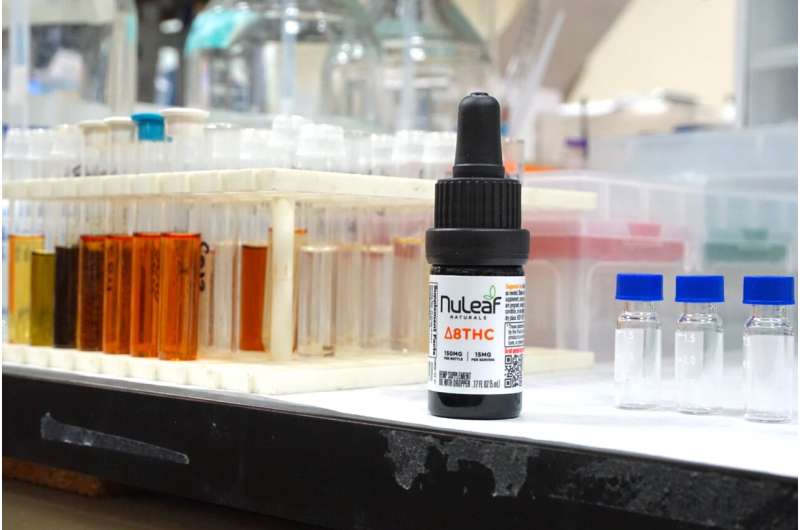Understanding How Dopamine Influences Our Behavior with Technology

Discover how dopamine impacts motivation and pleasure, influencing our behaviors with technology and ways to boost it healthily.
Have you ever found yourself unable to stop scrolling through your phone, chasing after that next entertaining video or engaging post? Or perhaps you've experienced a sudden rush of excitement after accomplishing a goal, enjoying a tasty meal, or filling your online shopping cart. These feelings of reward and gratification are often linked to dopamine, a key chemical in our brain.
Dopamine is a neurotransmitter that acts as a messenger, facilitating communication between different parts of the nervous system. It plays a crucial role in regulating movement, mood, learning, attention, and memory. Most notably, dopamine is associated with the experience of pleasure, such as eating delicious food, drinking alcohol, social media engagement, or falling in love.
Beyond immediate pleasures, dopamine influences our motivation by preparing us to seek rewards. For example, before eating a favorite treat or visiting a social gathering, dopamine activity increases, encouraging us to pursue these rewarding experiences. From an evolutionary perspective, dopamine helped our ancestors survive by motivating behaviors like hunting, foraging, and seeking safety.
However, modern technology has intensified dopamine's effects, often leading to compulsive behaviors and addiction. Activities like social media use, online gambling, excessive gaming, and substance use stimulate dopamine release, creating cycles of craving and reward that can be difficult to break.
Our baseline dopamine levels—how much dopamine the brain normally produces—vary among individuals due to genetic factors, lifestyle, and stress levels. This baseline influences how we experience pleasure: activities may feel more or less rewarding depending on an individual's dopamine setpoint. Over time, repeated exposure to dopamine-stimulating activities can lead to tolerance, where the brain requires more stimulation to achieve the same pleasure, increasing the risk of addiction.
Fortunately, there are healthy ways to boost dopamine naturally. Regular physical exercise, such as walking, cycling, or dancing, promotes dopamine release and enhances mood and motivation. Listening to favorite music can also increase dopamine levels, providing a pleasurable experience. Spending quality time with loved ones further activates dopamine, supporting emotional well-being.
Incorporating these habits into daily life can help maintain balanced dopamine levels, fostering sustained motivation, better mood, and overall health. Understanding dopamine's role in our behaviors can empower us to make healthier choices and develop habits that support long-term well-being.
source: https://medicalxpress.com/news/2025-06-dopamine-hard-abandon-online-cart.html
Stay Updated with Mia's Feed
Get the latest health & wellness insights delivered straight to your inbox.
Related Articles
High THC Levels Linked to Increased Risk of Schizophrenia and Psychosis
High concentrations of THC in cannabis are associated with increased risks of schizophrenia, psychosis, and substance use disorders, highlighting the need for cautious consumption and further research.
College Drinking May Harm Academic Performance and Mental Well-Being of Peers
A new study shows that college students exposed to peers' alcohol-related harm face lower academic performance and increased mental health issues, emphasizing the need for better campus prevention policies.
AI Chatbot Shows Promise for Relationship Support: Similar Effectiveness to Journaling
A groundbreaking study reveals that a GPT-4o-powered AI chatbot can provide relationship support as effectively as journaling, opening new possibilities for accessible mental health assistance.



